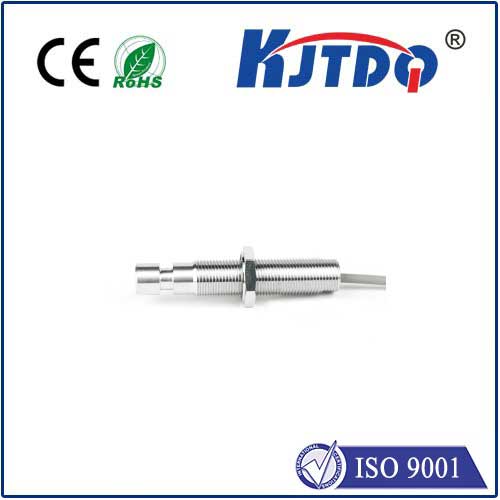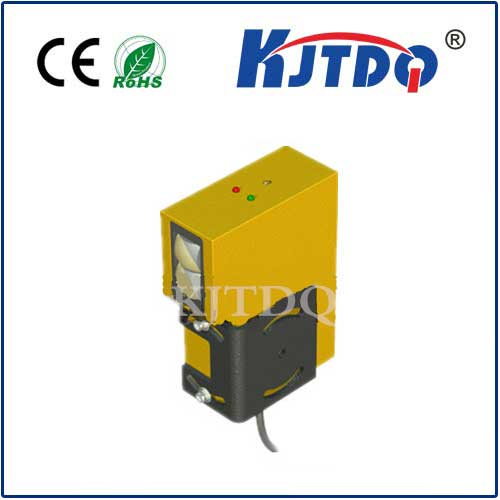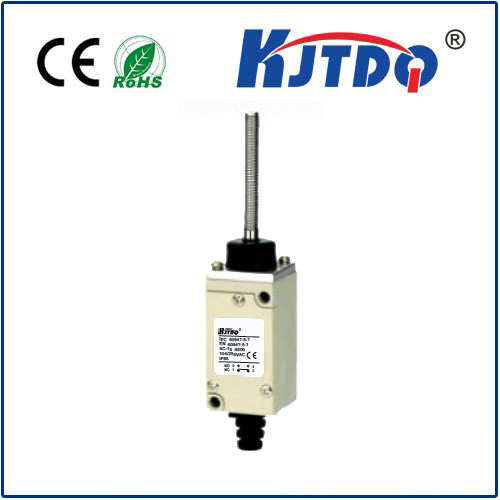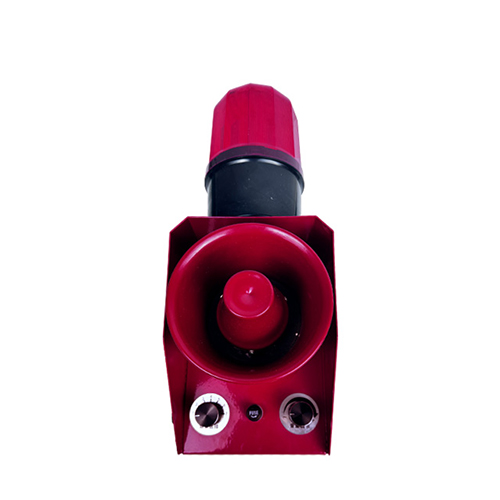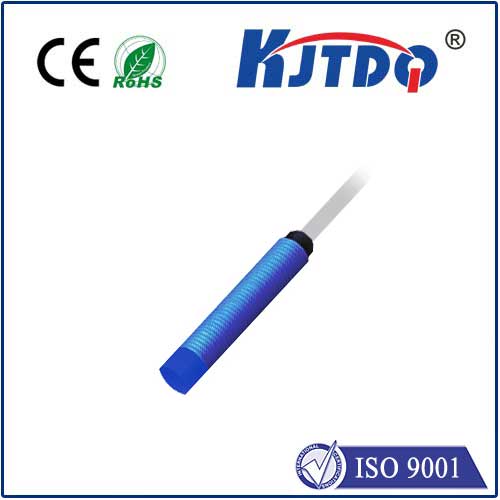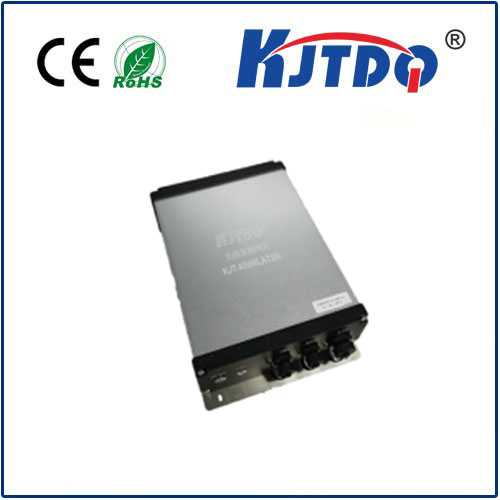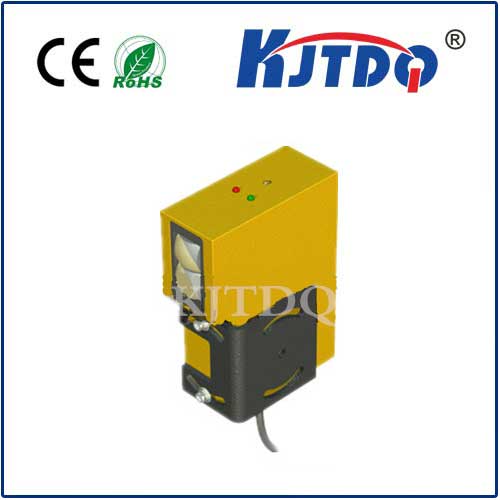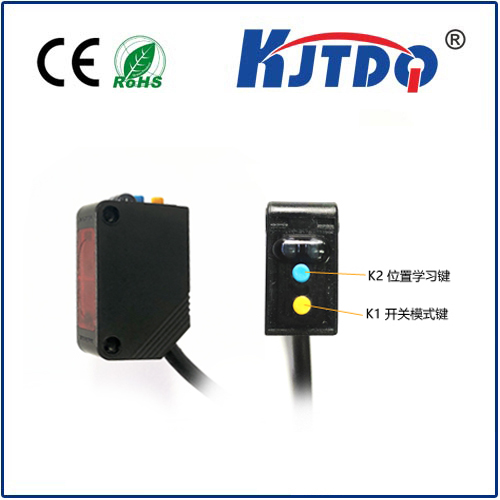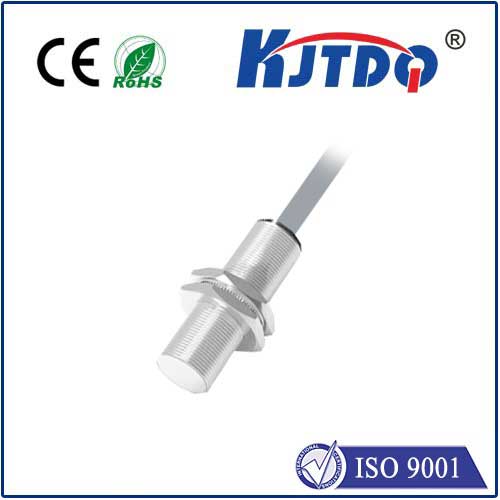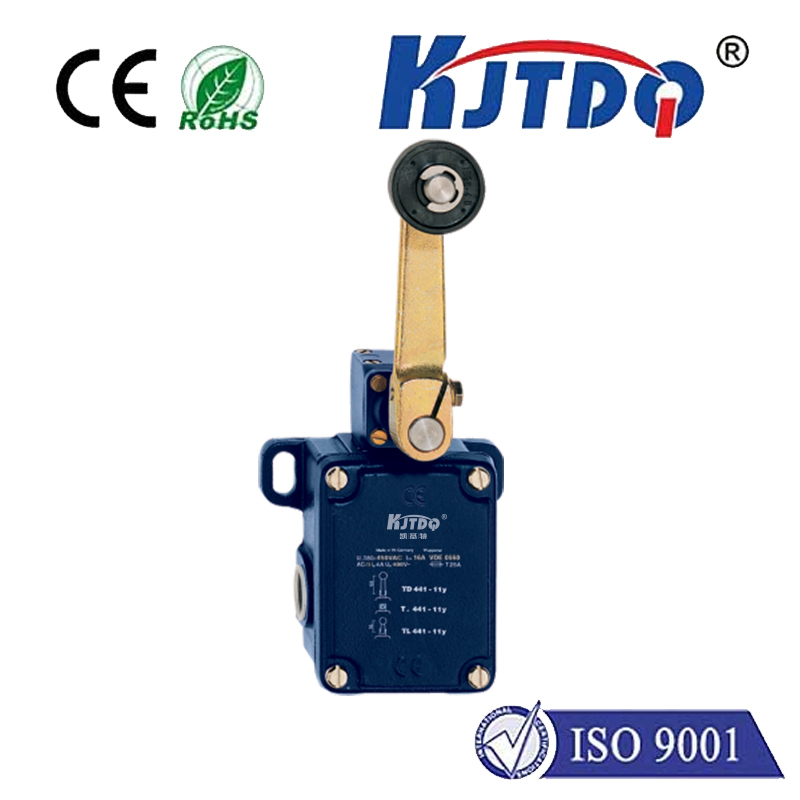

check

check

check

check

check

check

check

check

check

check
Imagine a bustling factory floor where robotic arms move with precision, assembling products at lightning speed. Suddenly, a misaligned part jams the line, threatening costly downtime. But thanks to an inconspicuous device mounted non-intrusively nearby, the system instantly detects the issue and self-corrects, saving thousands. This unsung hero? The non-flush sensor, a cornerstone of today’s smart automation that defies traditional boundaries. Unlike conventional flush-mounted sensors that require perfect surface alignment, these innovative devices operate seamlessly from a distance, offering unmatched flexibility in challenging environments. As industries embrace the era of Industry 4.0, understanding non-flush sensor technology becomes crucial for optimizing efficiency and driving innovation.
So, what exactly is a non-flush sensor? At its core, this type of sensor refers to a detection device that doesn’t need to be installed flush with or directly on the target surface. Instead, it functions effectively at a standoff distance, using advanced technologies like infrared, ultrasonic, or capacitive fields to sense objects without physical contact. Common examples include photoelectric sensors for object detection and inductive proximity sensors for metal identification. The defining feature here is the non-flush design, which eliminates the need for precise mounting, making it ideal for applications where space constraints or harsh conditions prevent flush installations. For instance, in automotive assembly lines, non-flush sensors can monitor components from awkward angles, reducing setup time and maintenance headaches. This adaptability stems from their ability to “see” or detect through gaps, dust, or vibrations—factors that often disrupt flush counterparts. As a result, engineers increasingly favor these sensors for projects demanding reliability in dynamic settings, from packaging machinery to agricultural automation.
The applications of non-flush sensors stretch across diverse sectors, underscoring their versatility. In industrial automation, they play a pivotal role in quality control systems. Consider a bottling plant: sensors mounted non-flush above conveyor belts detect fill levels or cap placements without halting production. This not only prevents spills but also slashes energy consumption by 20-30% in some setups, according to industry reports. Similarly, in logistics, non-flush sensors streamline warehouse operations by tracking pallets and packages from overhead positions, enabling real-time inventory updates. Beyond factories, these sensors thrive in rugged environments like mining or offshore rigs. Here, their non-flush nature allows installation away from corrosive elements, such as seawater or abrasive dust, ensuring longevity where flush sensors might corrode or fail. Even in smart buildings, they contribute to energy efficiency—think of occupancy sensors that adjust lighting and HVAC by detecting movement from ceilings, cutting costs without intrusive wiring. This breadth of uses highlights how non-flush sensor systems integrate effortlessly into IoT networks, transforming raw data into actionable insights. As demand grows, manufacturers are innovating with hybrid models, combining non-flush capabilities with AI algorithms for predictive maintenance, further broadening their appeal in sectors like healthcare and agriculture.
What sets non-flush sensors apart? Their advantages revolve around cost savings, durability, and ease of installation. Firstly, the non-flush design reduces material and labor expenses; since mounting doesn’t require drilling or perfect alignment, setup is faster and less error-prone. Studies show that factories adopting non-flush sensors cut installation time by up to 40%, translating to lower project overheads. Secondly, these sensors excel in durability. By avoiding direct surface contact, they minimize wear and tear from vibrations, impacts, or contaminants—common issues with flush-mounted devices. This robustness makes them ideal for high-demand environments, where frequent replacements are costly. For example, in food processing plants, non-flush sensors withstand steam and washdowns without degrading, maintaining hygiene standards effortlessly. Thirdly, flexibility is a game-changer: the ability to detect targets from varied distances and angles expands creative solutions. A car manufacturer might use them to inspect undercarriages non-invasively, while a robotics lab employs them for precise object avoidance. Unlike flush sensors requiring flat surfaces, non-flush variants adapt to irregular shapes, enhancing design freedom in prototyping. Ultimately, this leads to fewer failures and higher uptime, with users reporting 15-25% fewer operational interruptions in automated lines. Balancing these benefits, non-flush technology does have limitations, such as reduced accuracy in dusty or reflective conditions compared to flush types. However, ongoing innovations, like shielded variants for electromagnetic interference (EMI), are mitigating these drawbacks, making them a competitive choice across scenarios.
Incorporating non-flush sensors into modern systems requires thoughtful planning. Key considerations include environmental factors and calibration. For optimal performance, engineers must assess factors like target material, distance ranges, and ambient light. Selecting the right non-flush sensor type—say, capacitive for liquids or ultrasonic for solid objects—ensures reliability. Calibration is simpler than with flush models; often, it involves setting detection thresholds via intuitive software, reducing training needs. Furthermore, integrating these sensors with networks like IIoT (Industrial Internet of Things) amplifies their impact. Data from non-flush sensors feeds into AI platforms for predictive analytics, flagging anomalies before they cause breakdowns. This synergy not only boosts efficiency but also supports sustainability goals, as smarter resource use reduces waste. For businesses, the ROI is compelling: a small investment in non-flush technology can yield rapid payback through enhanced productivity. As industries evolve, non-flush sensors will continue driving advancements, from autonomous vehicles to renewable energy setups, proving indispensable in the push toward smarter, greener operations.
